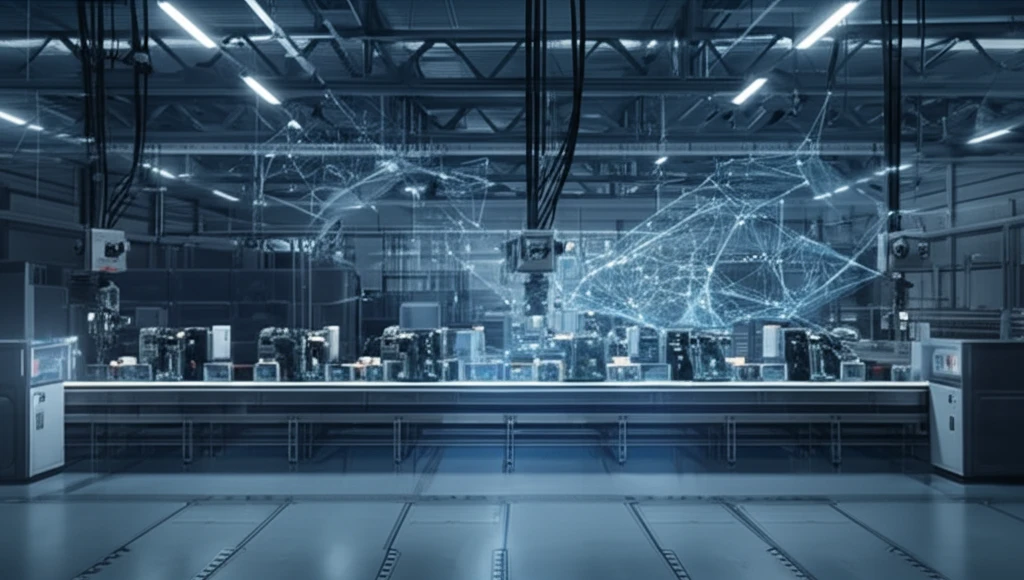
Is Your Manufacturing Process Rock Solid? How to Spot and Fix Quality Instability
"A new AI-powered framework helps manufacturers proactively monitor and maintain consistent product quality, even when dealing with complex operations."
In today's complex manufacturing landscape, maintaining consistent product quality can feel like navigating a minefield. Industrial manufacturing processes often involve multiple operating modes, each with its own unique characteristics. This variability makes it challenging to monitor and analyze quality in real-time, which is essential for ensuring consistent product outcomes.
Imagine a scenario where a slight change in raw materials, a minor adjustment to machinery, or even a shift in environmental conditions can trigger a cascade of quality issues. Traditional quality control methods often struggle to keep pace with these dynamic processes, leading to defects, waste, and ultimately, dissatisfied customers.
But what if there was a way to proactively identify and address these potential pitfalls before they impact your bottom line? A new research paper introduces a groundbreaking "state-driven fluctuation space model" that leverages the power of artificial intelligence to analyze and maintain quality stability in multi-mode manufacturing processes. Let’s explore this innovative approach and how it can revolutionize quality control in your operations.
Decoding the State-Driven Fluctuation Space Model: Your Guide to AI-Powered Quality Control

The core idea behind this new framework is to move beyond traditional, static quality control methods and embrace a dynamic, data-driven approach. The state-driven fluctuation space model breaks down the manufacturing process into smaller, more manageable sub-processes or "modes." This allows for a more granular analysis of quality variations and potential instability.
- Multi-Mode Division: The entire manufacturing process is divided into distinct sub-processes based on their statistical characteristics. Data from each sub-process is collected during stable operation to establish a baseline.
- Quality State Fluctuation Space Sub-Model Construction: For each sub-process, a unique quality state fluctuation space model is created using a multi-kernel support vector data description (SVDD) method. This model defines the acceptable range of quality variation for that specific mode.
- Mode Recognition via Deep Learning: A deep neural network (DNN) is trained to automatically identify the current operating mode of the process. This ensures that the appropriate quality fluctuation space model is selected for monitoring.
- Quality State Stability Analysis: The current process state is analyzed based on its kernel distance measure within the selected fluctuation space model. This allows for a quantitative assessment of quality stability and the detection of potential deviations.
The Future of Manufacturing: Proactive, AI-Driven Quality Control
The state-driven fluctuation space model represents a significant step forward in manufacturing quality control. By leveraging the power of AI and deep learning, manufacturers can move beyond reactive problem-solving and embrace a proactive approach to quality assurance. This leads to more efficient operations, higher quality products, and ultimately, a stronger competitive edge in the marketplace.
